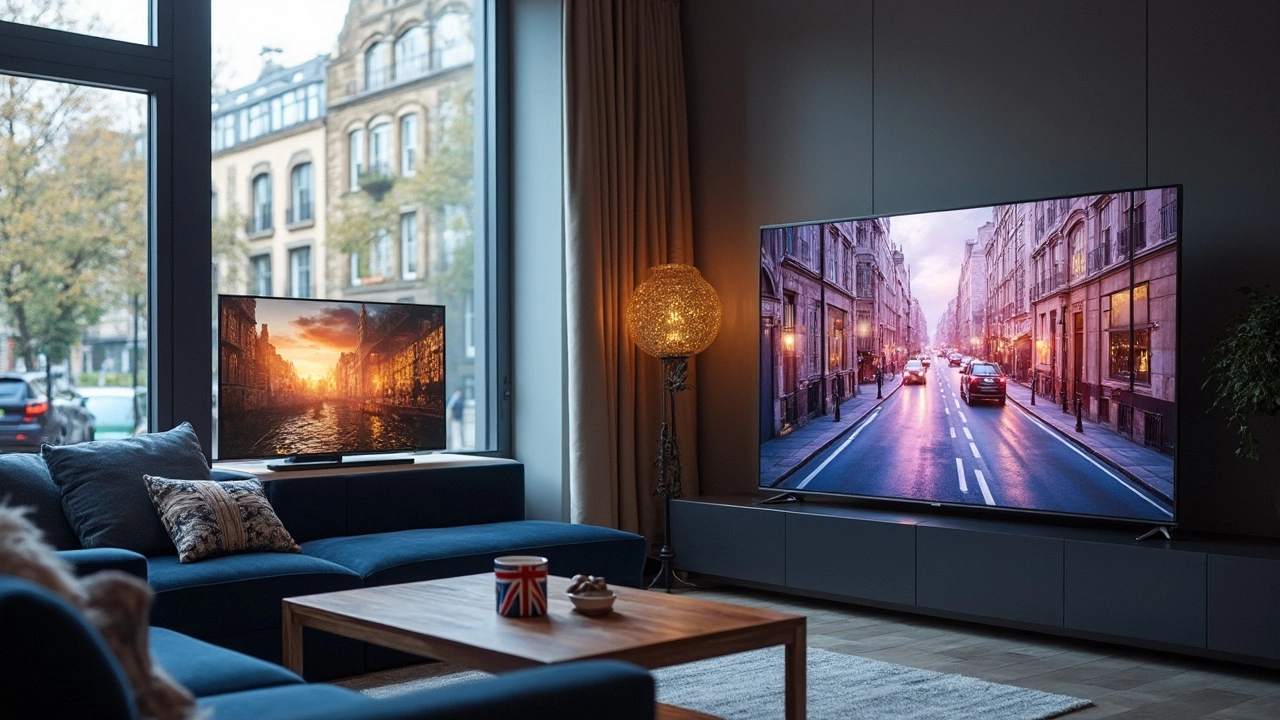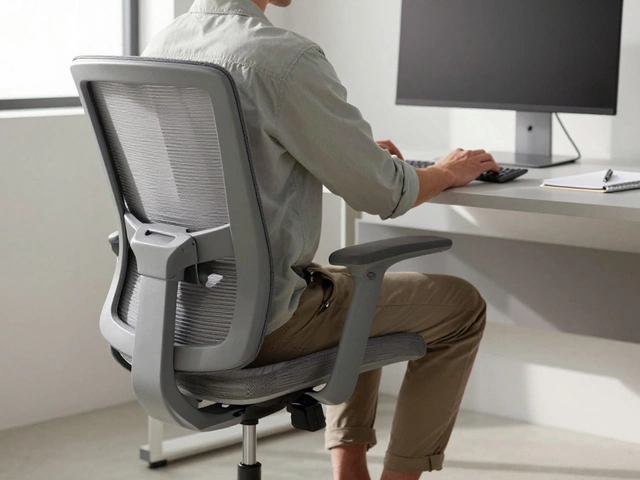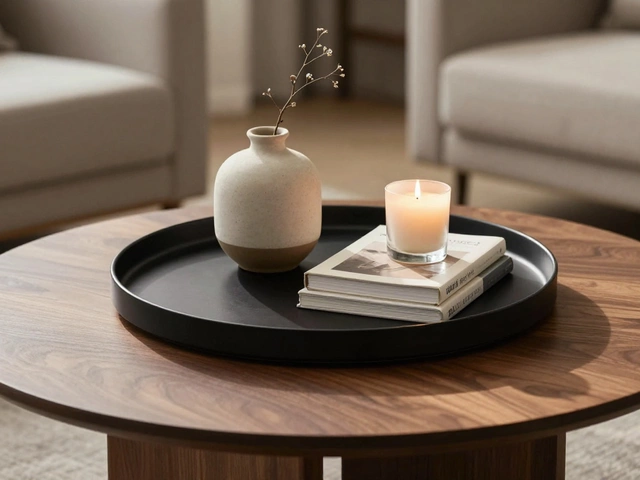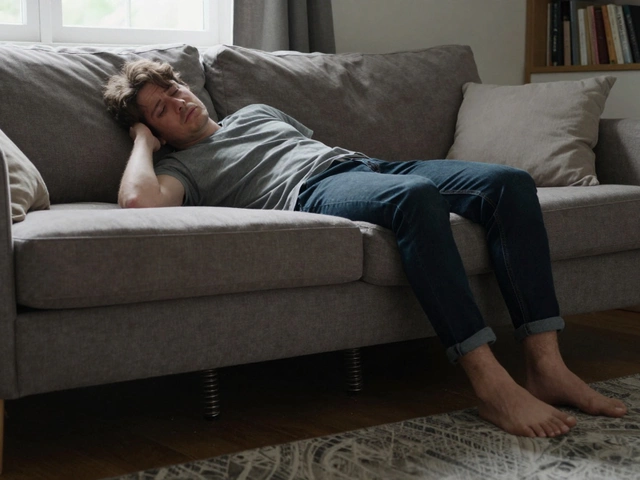Ever had that moment when you’re standing in an electronics store, squinting up at rows of massive screens, and you just can’t tell if a 65 inch TV is worth the jump in price from a 60 inch version? At first glance, 5 more inches sounds like a small leap—almost like splitting hairs. But screen size in TVs doesn’t increase in the way most people expect. That extra five inches is measured diagonally, and it packs in a lot more screen real estate than your gut might tell you. People make quick decisions in store aisles and wind up second-guessing themselves at home when the TV either dwarfs their wall—or seems puny next to their couch. Let’s break down what those five extra inches actually mean, how a 65 inch TV compares to a 60, and why it’s not just about impressing your friends (or beating your neighbor’s setup!).
How TV Size Is Really Measured: What Those Inches Mean
When TV sizes come up in conversation, everyone talks in inches, but few realize those numbers don’t refer to the width or the height of the screen—it’s always the diagonal. In practical numbers, a 60 inch TV has a diagonal length of 60 inches from one corner to its opposite. The height and width, though, are what fill your wall and affect how immersive the screen feels from your couch. Here’s where the science jumps in: Even though the diagonal grows by just 5 inches, the height and width both increase, so the change feels much more significant than it sounds.
Let’s look at the hard metrics for the most common 16:9 aspect ratio:
| TV Size | Diagonal | Width | Height | Screen Area (sq in) |
|---|---|---|---|---|
| 60" | 60" | 52.3" | 29.4" | 1538 |
| 65" | 65" | 56.7" | 31.9" | 1809 |
The jump from 60" to 65" increases the width by about 4.4 inches and the height by roughly 2.5 inches. But the real “wow” comes in the total screen area: The 65 inch TV has about 18% more screen area. It’s like upgrading from a queen bed to a king—the difference isn’t just those extra inches on one side, it’s the whole space you end up with. If you wall-mount your TV or set it on a media console, that added width and height mean it’ll eat up more wall and command more attention in your room.
Brands don’t always stick to millimeter-perfect measurements—sometimes a “60 inch” might be 59.5 to 60.3 and a “65 inch” might be 64.5 to 65.2—but the aspect ratio (16:9) stays consistent. Always check manual specs for exact installation measurements, especially if you have tight real estate between shelves or windows.
Here’s something few realize: The improvement is not linear. That means every inch you add to the diagonal delivers a bigger bump in total screen area than the last inch did. So, the jump from 40 to 45 is less dramatic than from 60 to 65. If you want a more cinematic feel without making your space look like a sports bar, moving to 65 inches makes a difference fast.
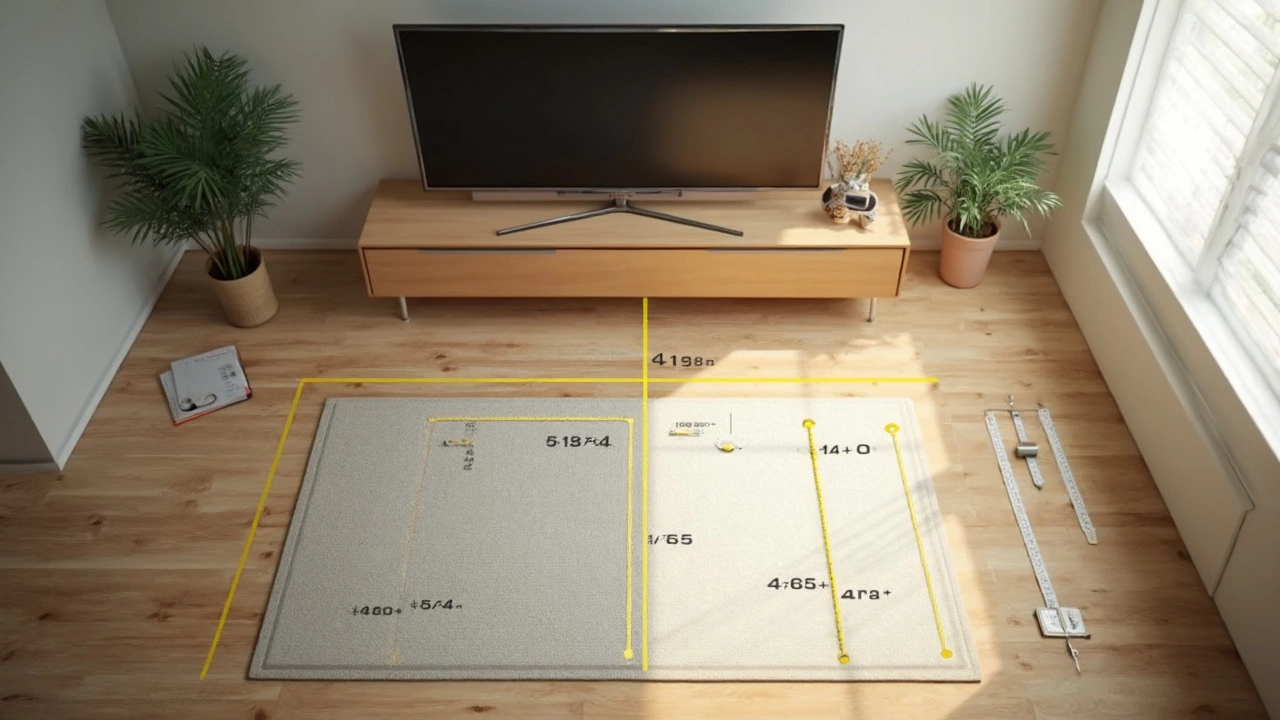
Living with a 65 Inch TV vs a 60 Inch TV: Real-World Differences
The number one thing folks notice first when they unbox a bigger TV? Visual impact. A 65 inch TV doesn’t just feel larger; it dominates the room, often giving you that movie theater vibe—especially if you have an open-plan living space or a big wall with not much going on. That jump of 4.4 inches in width by itself means side-by-side, the 65 literally overshadows the 60 inch model. That’s not just good for bragging rights—there’s actually a bit of science here: Eye-tracking studies from the Vision Research Center in Berkeley have found that the perceived immersion of watching a screen rises sharply as it occupies more of your peripheral vision. The 65 inch manages this from the average viewing distance (about 8-10 feet) in a way the 60 inch can’t quite match.
But there’s another side to this. Shipment and installation stress. That 4.4 inch difference might mean needing two sets of hands to lift it safely onto a stand. Not all TV stands are built for 65 inch-width TVs. If you have an older entertainment console, get the tape measure ready to avoid a toppling disaster later. This isn’t as much of a problem with wall-mounting, but it might mean moving pictures or shelving you hadn’t planned on relocating. Some people get back from the store, set their shiny new TV on the console, and realize the edges dangle like wings off a birdhouse.
Energy use jumps a little too. On average, a 65 inch TV can draw up to 20% more power than a 60 inch, especially if you crank up the brightness for daylight movie sessions. For those who marathon Netflix, the bigger screen may edge up your electricity bill—but it’s less than the difference between streaming on your phone and your laptop for a few evenings. Still, if you’re eco-conscious (or just annoyed by your power bill creeping north), it’s worth comparing the energy star labels between models.
You’re also likely to get better sound output from a 65 inch TV—not because of the screen, but the physical cabinet often has more room for bigger speakers or better sound channels. This doesn’t replace a proper soundbar, but out of the box, you’ll likely notice dialog is a little fuller and there’s more “oomph.”
Let’s talk price. Sometimes, the five inch jump adds $100-300 depending on brand and features. Do you get more than just a larger picture? Quite often, the “feature jump” kicks in around 65 inches: manufacturers pack in better panel tech, extra HDMI ports, or fancier remotes starting with the larger sizes. If you go bigger, you may walk away with smart features, gaming refresh rates, or Dolby Vision—little perks the smaller screens don’t always include.
One thing people overlook: packaging and transport. A 65 inch TV box may not fit in the back seat of a four-door sedan—trust me, I’ve seen more than one friend scramble and call a neighbor with an SUV last-minute. Don’t just compare the TV on the shelf—ask about the box size and weight so you don’t end up wrestling it to the curb.
If you game or watch a lot of sports, that 18% bump in screen area really pops. Fast motion, split screens, or double stats boxes become much easier to track without squinting, especially with 4K signals. On a 65, you just see more detail—jerseys, ball movement, grass texture. If you’re serious about movies or immersive gaming, those extra inches really earn their keep.
Bottom line: The difference is far from trivial. Once the bigger TV is up on your wall, you’ll forget the smaller model ever existed—until you visit someone with a 60 inch screen and realize just how much more commanding the 65 looks in the same space.
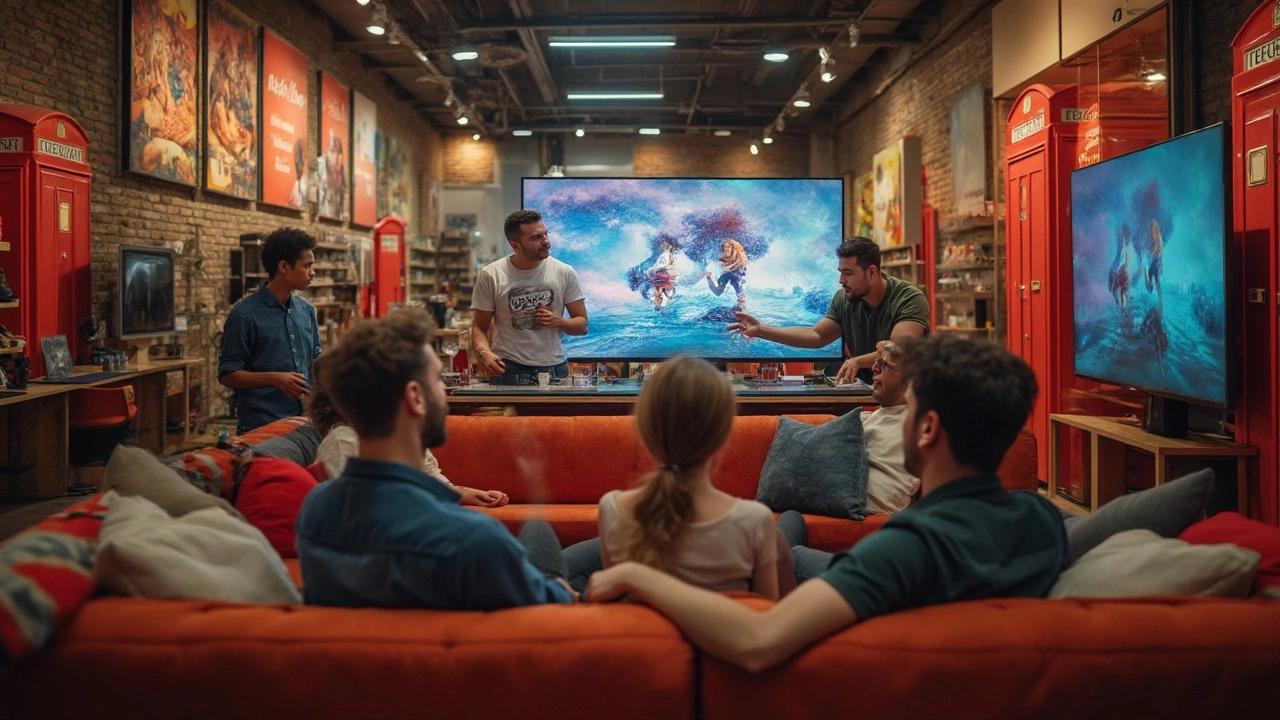
Buying Tips, Room Setup, and When Bigger Isn’t Better
When you’re choosing between a 60 and a 65 inch TV, the first thing most people ask: How far should I sit? The sweet spot for a 65 inch 4K TV is roughly 8-10 feet back. At that range, you’ll enjoy the immersive detail without the picture looking pixelated or overwhelming. For a 60 inch, 7.5-9.5 feet is the norm. If you sit closer or have a shallow room, more inches aren’t always your friend. No one likes craning their neck or losing sight of the top corners during a tense basketball game.
Not all rooms are built for giant screens. Measure wall width, check for windows (glare is a real mood-killer), and look out for vents or thermostats you might accidentally block. Tape outlines on the wall at the exact width and height listed earlier; it’s a super quick way to “preview” your new screen before committing cash. This also lets you judge if the new model overpowers artwork, shelves, or other decor. Sure, bigger is impressive—but harmony in your room scores big points for long-term comfort.
TV stands are a sneaky source of regret. That jump to a 65 inch TV requires a stand with at least 50-55 inches of width for stability. If your stand is less than 48 inches, consider a new console or plan to mount the TV instead. Never balance a big screen on a stand that barely fits—it’s a nightmare waiting to happen with pets or kids around.
Don’t just think about what wall to use; think about cable access, smart speaker placement, and where you’ll route the power and HDMI. Some 65 inch TVs have rear-facing ports that are trickier to reach when flush against a wall. Buy an HDMI right-angle adapter or longer cables in advance to save yourself frustration on installation day.
If you care about home theater vibes, that extra 18% of screen area means blackout curtains and ambient lighting matter more. Glare is magnified on bigger screens, so track the sun’s path before you set up. You want those late afternoon binge sessions or Super Bowl watch parties to come without annoying reflections. A simple tip: Mount your TV a little lower than eye level when seated—it’s easier on your neck and gives you a more enveloping feel with a bigger display.
If you live in an apartment or move often, a 65 inch TV might be harder to re-home than a 60 inch. Building elevators and narrow stairs turn into major headaches when box size increases. I’ve watched movers stand in doorways measuring with their arms, just to make sure a 65 inch box didn’t get stuck. If you’re not in your “forever house,” balance future portability with present wow factor.
For families, the 65 inch TV wins for movie night crowd-pleasing. More people comfortably see the action, especially if seats fan out wide. If you’re a solo TV watcher or use the set mainly for background noise, a 60 inch may fit your needs (and your wallet) better.
Bigger isn’t always smarter. If your source content isn’t 4K or high-def, a larger screen makes flaws obvious—grain, blur, artifacts. Pair your new TV with a solid streaming device, upgraded HDMI cables, or a next-gen game console so you’re really putting all those new pixels to work.
Bottom line: Think through every inch—not just the screen, but your room, budget, and usage. Those five inches might be the best upgrade you make this year, as long as you plan ahead and set up your space right.

